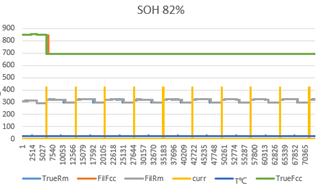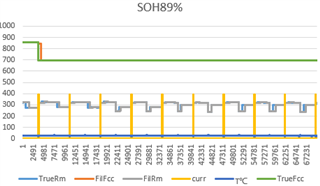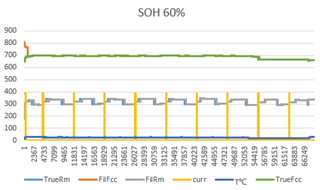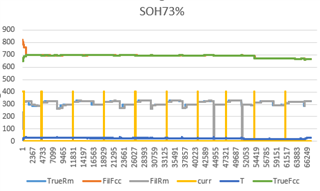Hello,
We have communicated with TI Shanghai FAE regarding the results:
The actual SOH value of the battery is greater than 80%, and after insertion into the device, there is no need for complete charging and discharging. There is charging and discharging process, and the Fuelgauge IC can match the FCC of the battery.
The actual SOH of the battery is less than 80%. After inserting the device, it is necessary to fully charge and discharge the battery to match the fuel gauge IC with the battery's FCC.
1, Is the above statement correct?
2. if it is incorrect, 80% should be changed to what %?







